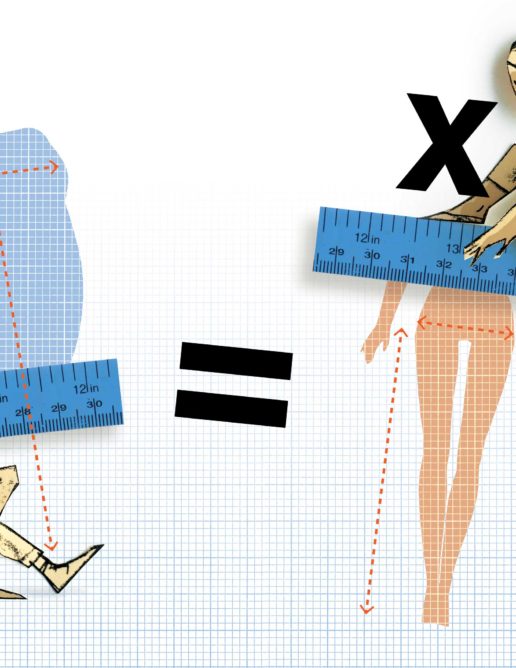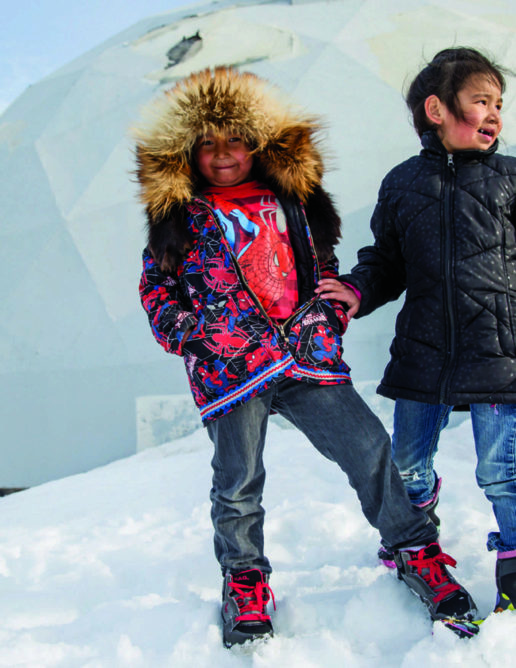Peacekeepers and Peacemakers
Green and her students critique the idea that good citizens follow rules, and then study activists who make — rather than keep — peace in the face of injustice.

Green and her students critique the idea that good citizens follow rules, and then study activists who make — rather than keep — peace in the face of injustice.

What are the real messages in the inspirational slogans covering classroom walls? Plus some better alternatives.

I noted the biased curriculum… the absence of lessons on the Chicano movement or other aspects of my history and culture

Oregon students and teachers learn life lessons by participating in the ‘Theater of the Oppressed’.

This content is restricted to subscribers

Linda Christensen gets students to write critically about clothes, class, and consumption.

Encouraging prospective teachers to examine their cultural heritage.

Building classroom relationships through poetry.

One school’s campaign against put-downs.

Teachers can help students express values both in and outside of the classroom.
Teaching forgiveness through poetry and art.

Students’ names are the first thing teachers know about the young people who enter our classrooms; they can signal country of origin, gender, language. Students’ names provide the first moment when a teacher can demonstrate their warmth and humanity, their commitment to seeing and welcoming students’ languages and cultures into the classroom.

A teacher creates a welcome poems lesson to celebrate the diversity of students — and with students.

A special education teacher talks about the importance of sharing her own stories — and complexities — with students.

A math teacher uses Barbies and action figures to teach proportional reasoning and other skills — and to help students think about society’s expectations of our shapes and sizes.

A teacher in a predominantly white school and classroom describes how she chose to protect and educate one of her Black students, rather than use him to educate her white students.

An education researcher explores “no-excuses” discipline policies and the rate of out-of-school suspensions at charter schools in Denver and around the nation. “Democracy is healthiest when our educational institutions reflect our best virtues — creativity, joy, and growth. We must strengthen our oversight over no-excuses charter schools, thereby ensuring that no child in that city — or our country — is subjected to policies that could have been culled from one of Denver’s neighboring prisons.”
A kindergarten teacher uses images, literature, poetry, and collages — as well as her own history — to challenge students’ implicit bias and preconceived notions surrounding the color black and to teach the lesson that Black is beautiful.

A journalist explores the way Indigenous language and community is connected to the classroom in several communities in Alaska, and explores how educators there have built new frameworks to fight against Eurocentric curriculum.
A teacher adapts the “Climate Change Mixer” designed for older students as a springboard for a unit on global warming and climate justice.
A teacher wrestles with explaining refugee crises, dictators, and the trauma of war to her 1st- and 2nd- grade classroom.
“Ugh, Dress Codes!” The title of one of 15-year-old Izzy Labbe’s SPARK Movement blog posts encapsulates what I’ve heard so many girls say they feel about their middle and high […]
Recently, a Rethinking Schools editor was a chaperone on a field trip when he overheard a 2nd-grade student talking about how he wanted to “nuke the world.” Taken aback, he […]
Students analyze cartoons from Popeye to Brave to see how media teaches children white- and male-supremacist ideas.

The youth on our cover is Lana “kQween” Grant. She was photographed by Lois Bielefeld as part of her Androgeny series. kQween’s pride—and the empathy and respect of Bielefeld’s image—are […]